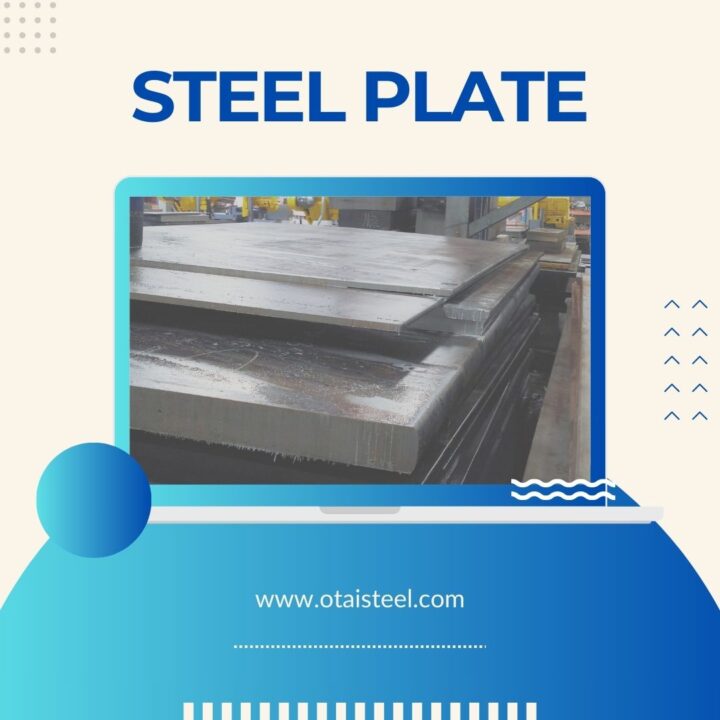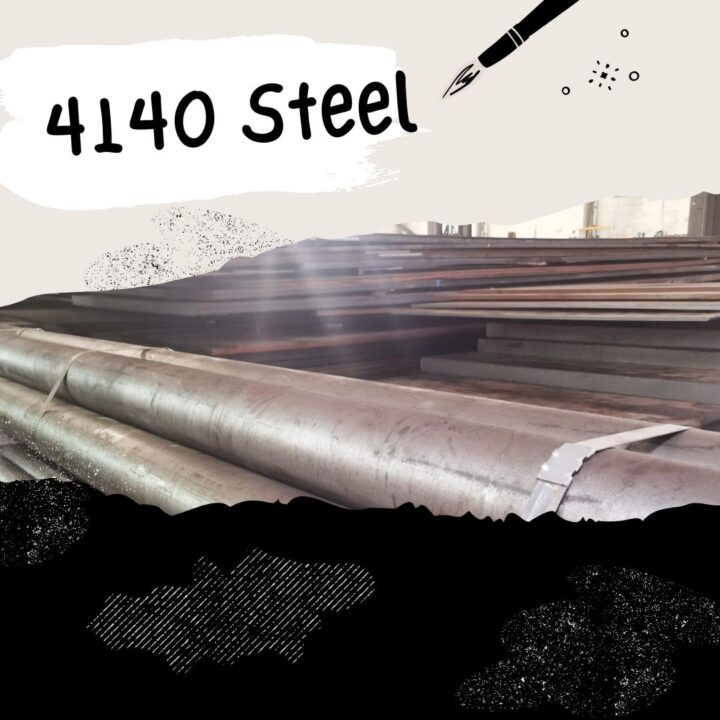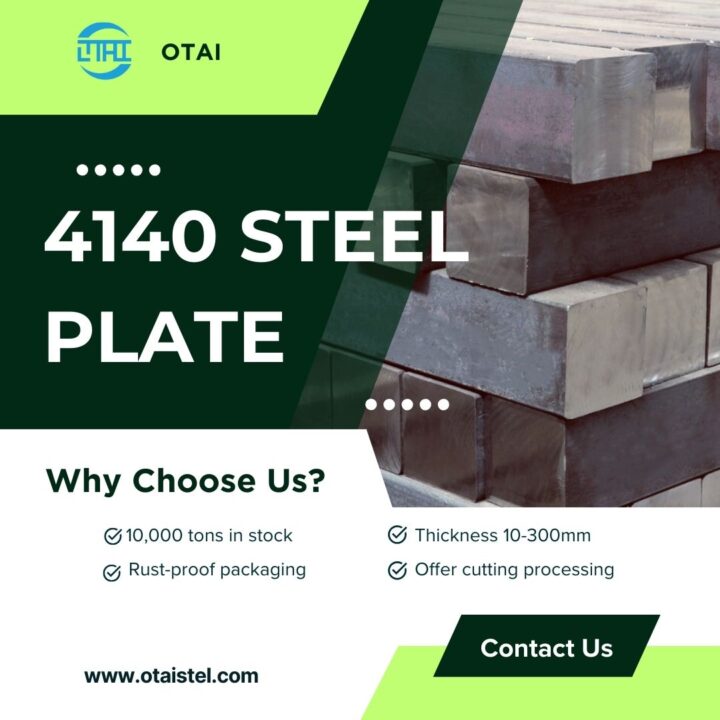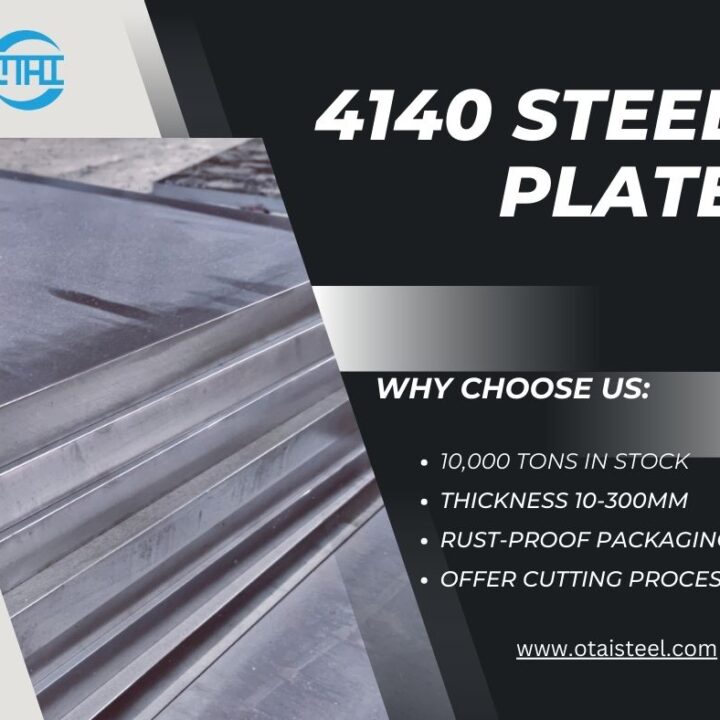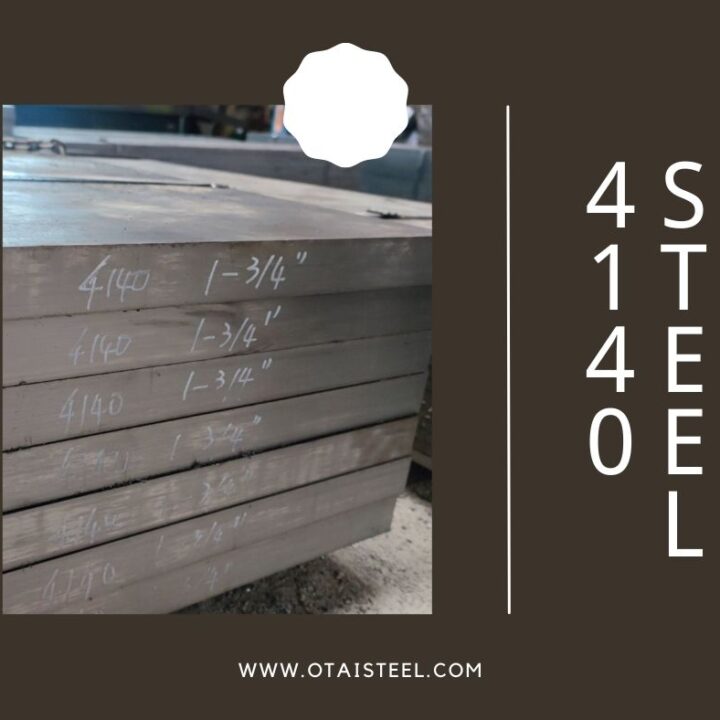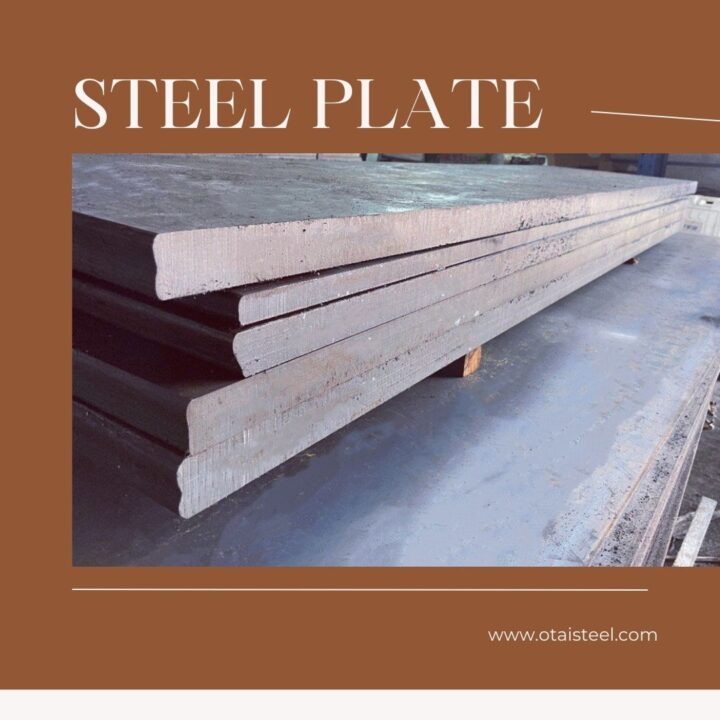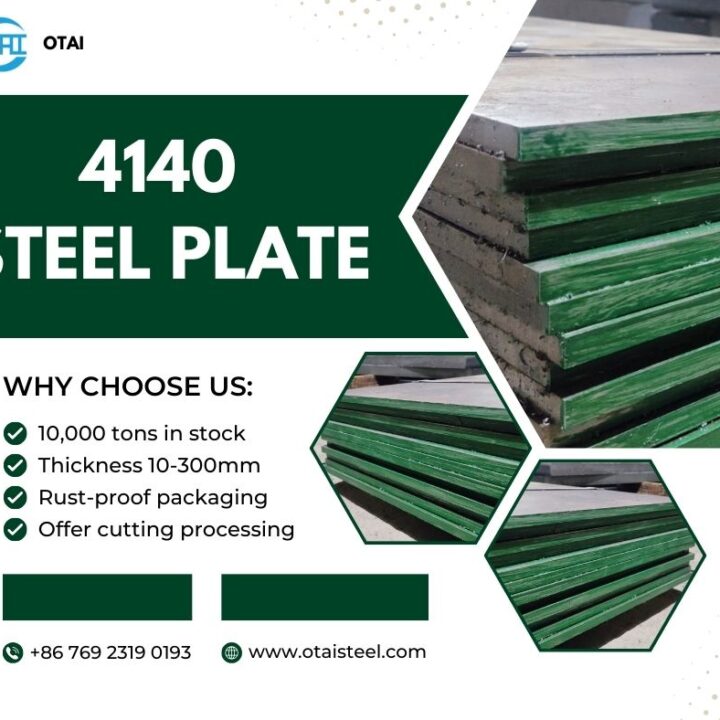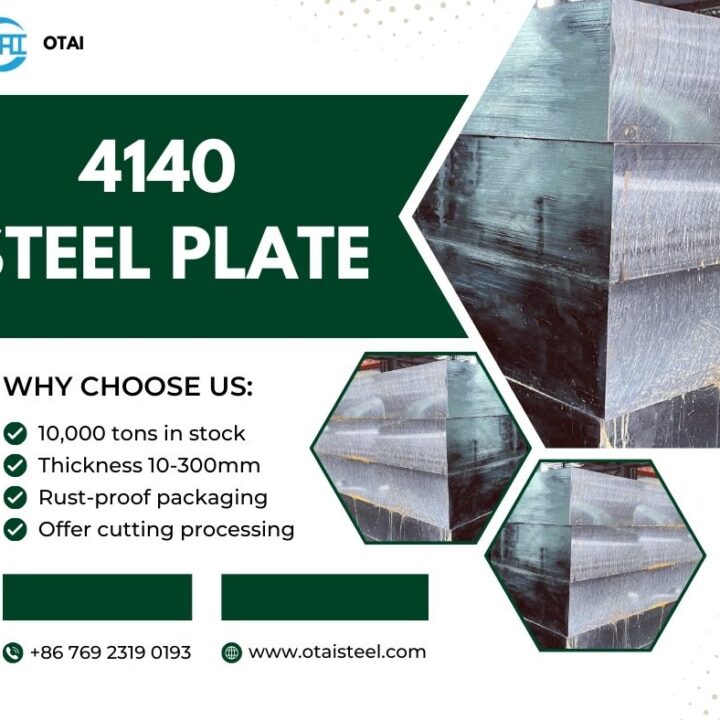4140 steel is a chromium-molybdenum low-alloy steel known for its high strength, toughness, and wear resistance. Its chemical composition, which includes chromium and molybdenum, provides good hardenability and response to heat treatment. However, in marine environments, the presence of chloride ions and moisture can trigger corrosion reactions on the steel’s surface.
Corrosion in Marine Environments
Corrosion in marine environments is a complex electrochemical process influenced by factors like salinity, temperature, dissolved oxygen, and the presence of pollutants. The two most common forms of corrosion in marine environments are uniform corrosion and localized corrosion, such as pitting and crevice corrosion.
Importance of Corrosion Resistance in Marine Applications
In marine applications, corrosion resistance is critical to ensure the longevity and reliability of components and structures. Corrosion can lead to material degradation, loss of mechanical properties, and ultimately, structural failure. Therefore, mitigating corrosion is vital for maintaining the performance and safety of marine equipment and structures.
Surface Treatments for Enhancing Corrosion Resistance
Various surface treatments can improve the corrosion resistance of 4140 steel in marine environments:
- Galvanization
Galvanization involves coating the steel with a layer of zinc, forming a protective barrier against corrosion. The zinc layer sacrificially corrodes instead of the steel, offering effective protection in marine environments.
- Electroplating
Electroplating involves depositing a thin layer of a more corrosion-resistant metal, such as chromium or nickel, onto the steel surface. This enhances the steel’s resistance to corrosion and provides a decorative finish.
- Passivation
Passivation is a chemical process that removes free iron particles from the steel’s surface, creating a passive oxide layer that resists corrosion.
- Chromate Conversion Coating
Chromate conversion coating involves applying a chromate-based solution to the steel, forming a protective film that inhibits corrosion.
- Organic Coatings
Organic coatings, such as epoxy, polyurethane, or acrylic paints, act as a physical barrier, protecting the steel from exposure to corrosive agents.
Corrosion Testing and Evaluation
Various methods are used to evaluate the corrosion resistance of surface-treated 4140 steel in marine environments:
- Salt Spray Testing
Salt spray testing simulates the corrosive effects of saltwater exposure, providing accelerated corrosion evaluation.
- Electrochemical Methods
Electrochemical tests, such as polarization resistance and electrochemical impedance spectroscopy, measure the corrosion rate and resistance of the treated steel.
- Immersion Testing
Immersion testing involves exposing the treated steel to corrosive solutions to assess its performance under realistic conditions.
Comparison of Surface Treatments on 4140 Steel in Marine Environments
When comparing surface treatments for 4140 steel in marine environments, several factors should be considered:
- Performance in Saltwater Exposure
Some treatments, such as galvanization and certain organic coatings, exhibit excellent performance in saltwater exposure, offering superior corrosion protection.
- Resistance to Corrosive Agents
Certain treatments, like chromate conversion coatings and electroplating, provide resistance against specific aggressive agents commonly found in marine environments.
- Long-Term Durability
The long-term durability of the surface treatment should be assessed, considering factors like UV exposure, temperature fluctuations, and mechanical stress.
- Cost-Effectiveness
The cost-effectiveness of the treatment is crucial, as it influences the overall viability of the solution for marine applications.
- Environmental Impact
The environmental impact of surface treatments should be considered, including the disposal of hazardous chemicals used in certain treatments.
Factors such as exposure conditions, performance requirements, and environmental considerations should be carefully evaluated when selecting the most suitable surface treatment for specific marine applications.
